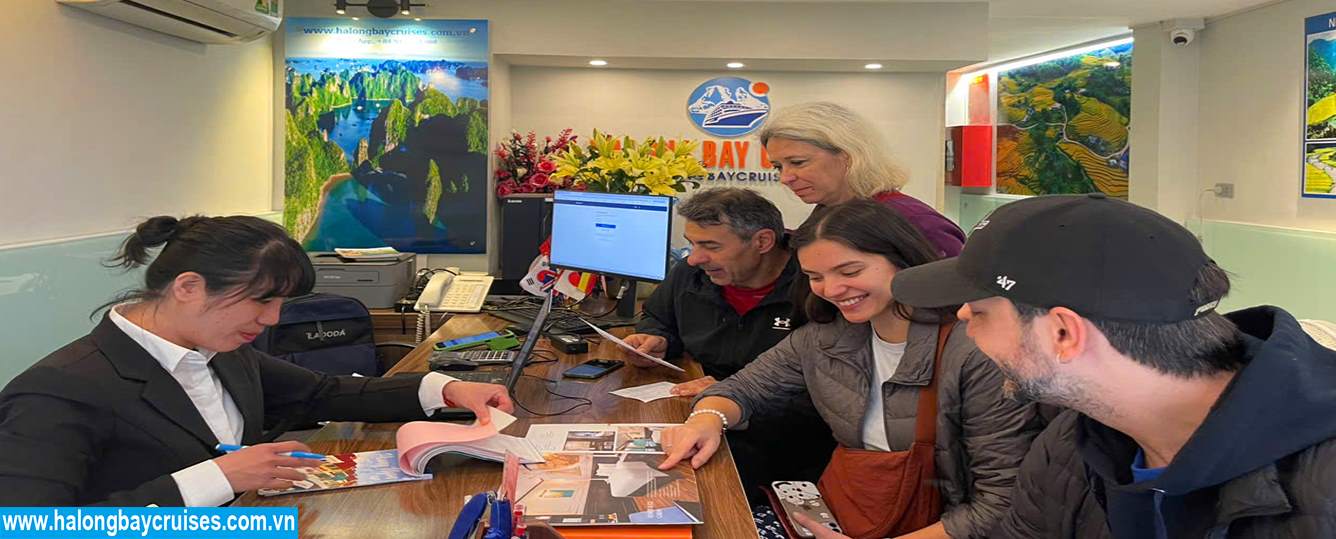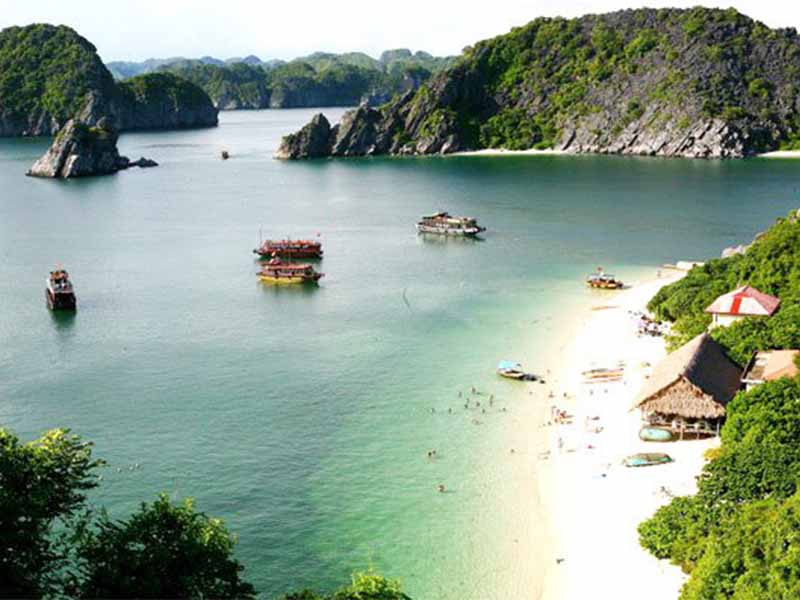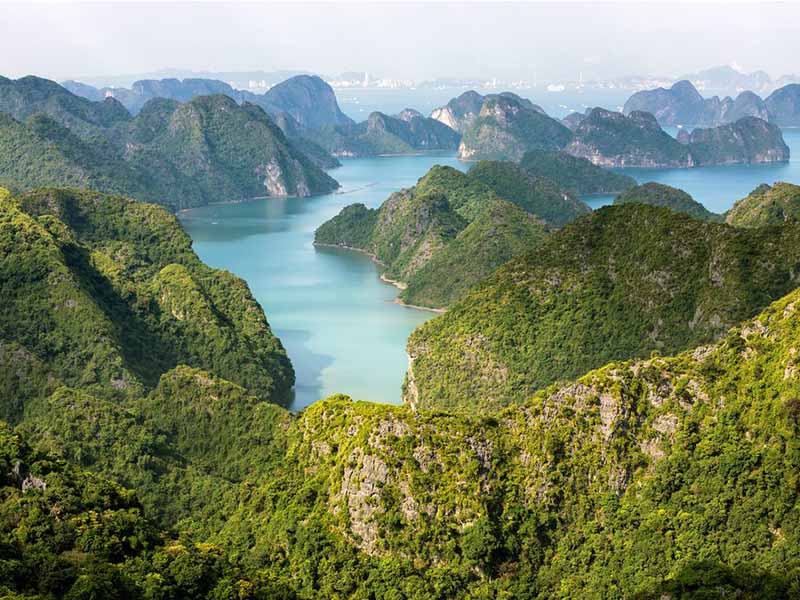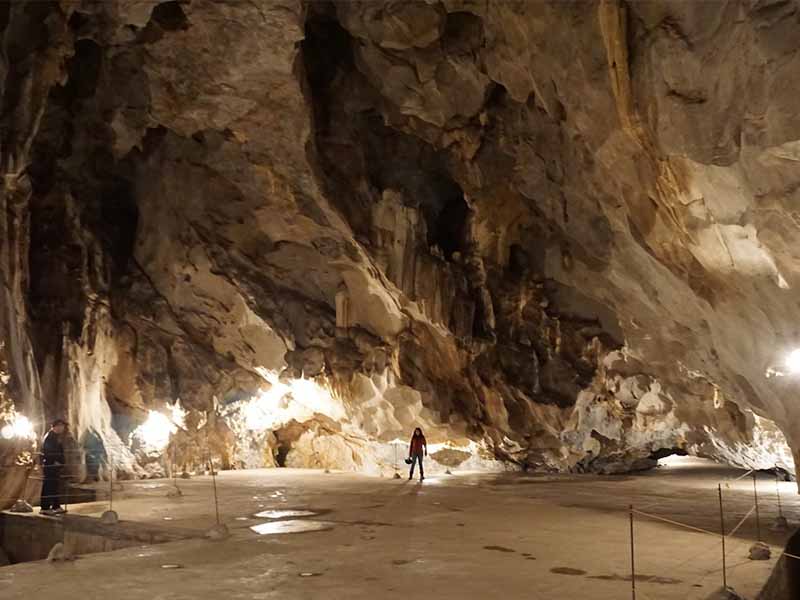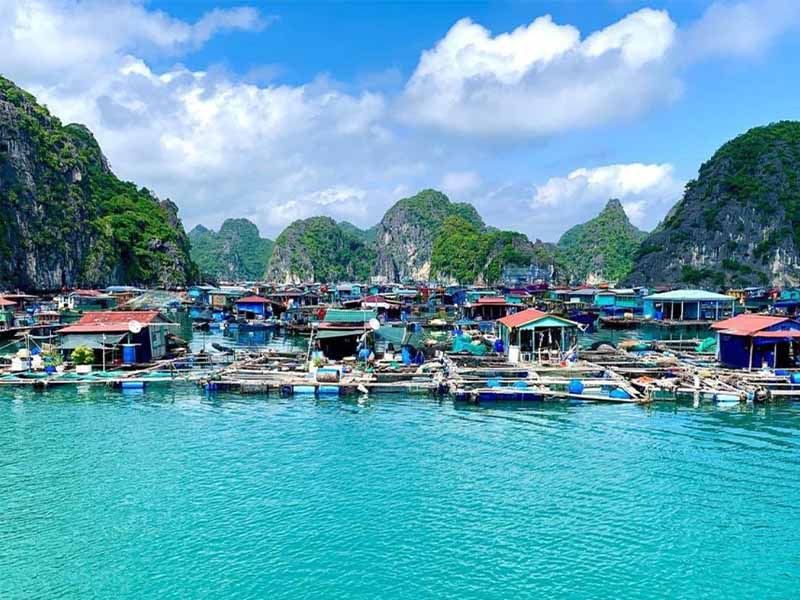Quan Y Cave
Quan Y Cave, also known as Hospital Cave, is one of the most fascinating and historically significant attractions on Cat Ba Island. Originally named Hung Son Cave, it was converted into a military field hospital between 1963 and 1965 during the Vietnam War. With its strategic location, concealed deep within the limestone mountains of Cat Ba National Park, this cave served as a safe haven for soldiers and civilians, offering medical care amidst the turmoil of war.
Quan Y Cave
Today, Hospital Cave stands as a powerful symbol of Vietnam’s resilience and a testament to the ingenuity and resourcefulness of its people during one of the nation’s most challenging eras.


A Unique Blend of Nature, History, and Architecture
Nestled along the main road to Cat Ba National Park, Quan Y Cave is easily accessible and draws thousands of curious travelers each year. The cave not only carries a profound historical significance, but also impresses visitors with its ingenious and unique architecture, recognized as one of the most distinctive wartime structures in the country. Once a little-known site, Hospital Cave has gained recognition as a national heritage destination, admired for both its natural beauty and its remarkable role in Vietnam’s past.
What Makes Hospital Cave So Special?
1. Intricate Wartime Architecture
Constructed deep into the mountain using reinforced concrete, the cave was designed to be completely self-contained and bomb-resistant. The interior spans two connected cave chambers, each approximately 200 meters long, and features both a western front gate and an eastern rear exit. At the heart of the cave lies a three-story structure, with a total of 17 functional rooms, including:
- First Floor: Equipped with 14 medical facilities, such as operating rooms, recovery areas, pharmacies, and consultation rooms.
- Second Floor: A cinema hall and physical examination area, where staff and patients could unwind and attend briefings.
- Third Floor: Served as the welcome hall, guard posts, and living quarters for officers and staff.
2. Smart Design for Defense and Survival
The layout was built with narrow passageways to prevent enemy penetration and aerial attacks. The steel-reinforced doors at the cave’s end, hidden within the stalactites, added an extra layer of protection during assaults. The entire structure was built to accommodate and treat hundreds of soldiers, ensuring medical services could continue even during intense bombardment.
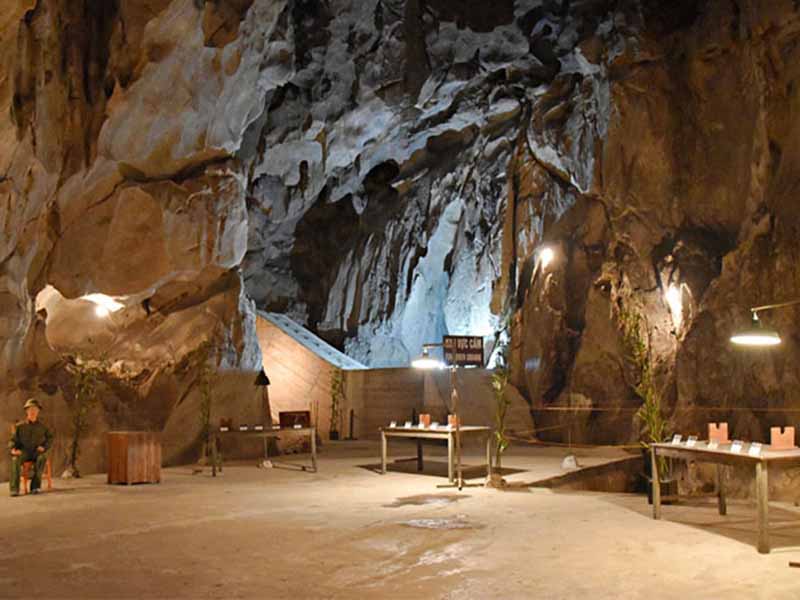

A Must-Visit Destination in Cat Ba
Quan Y Cave is more than just a war relic, it is a place of reflection, a historical learning site, and a testament to the unbreakable spirit of the Vietnamese people. Whether you're a history enthusiast, an architecture lover, or simply a traveler seeking to understand more about Vietnam’s past, a visit to Hospital Cave is an unforgettable experience.
Step inside and walk through the very halls where lives were saved, stories were made, and resilience was written into the walls of this remarkable cave.



